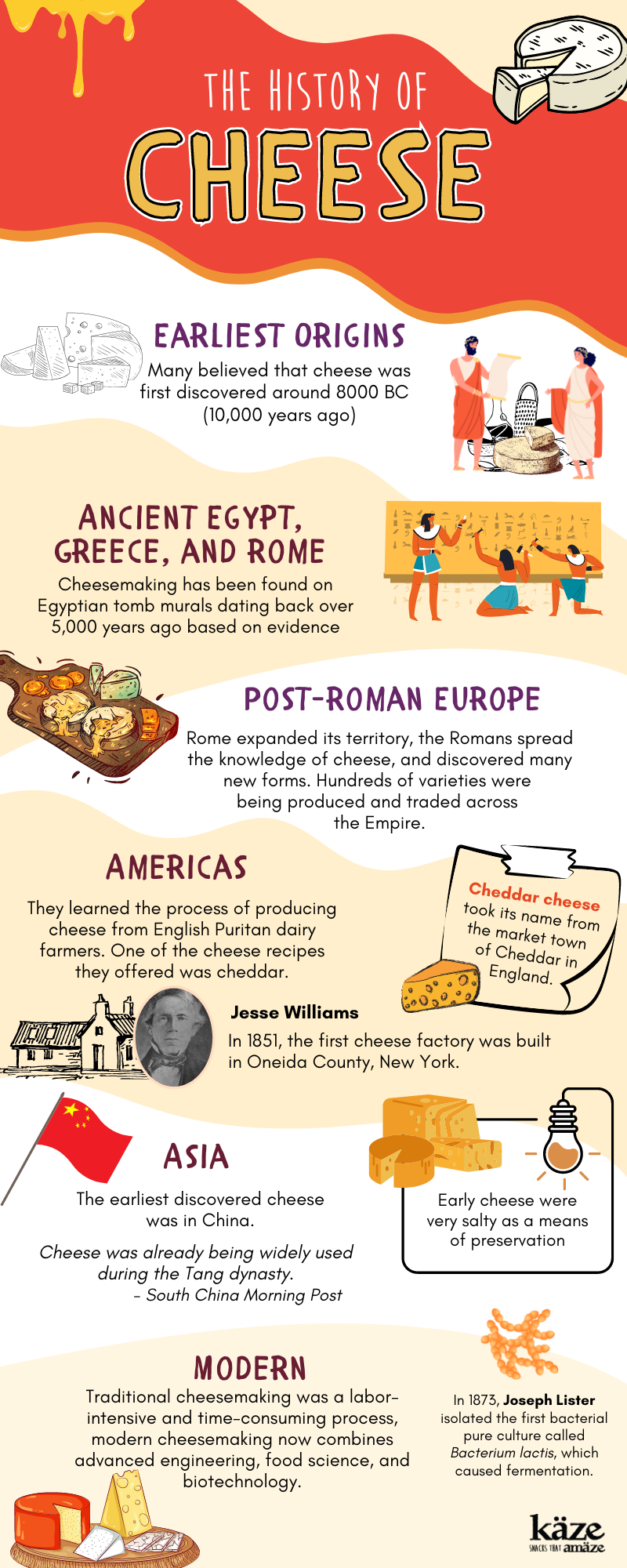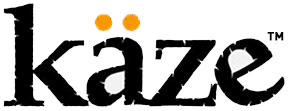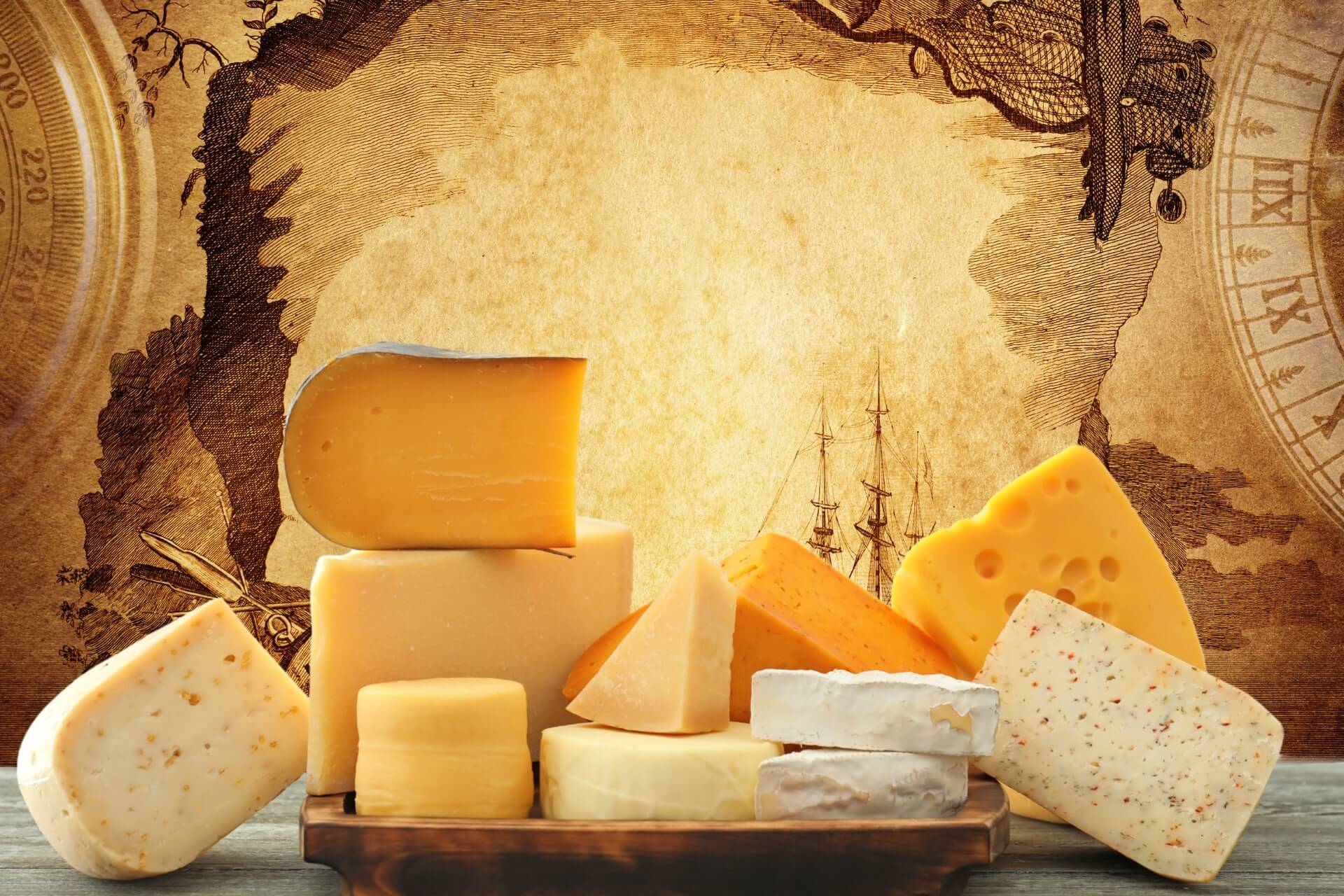Cheese is undeniably one of the most popular foods worldwide. In America alone, the increasing demand for cheese is due to the rise of pizza [*]. As for the countries that eat the most cheese, France ranks number one [*]. Yes, the French truly have a passion for cheese, and many of them eat it daily! But do we really know about the history of cheese?
When was cheese invented exactly and what happened? For those who are interested in the origin of cheese, read this article.
The History of Cheese
Before cheese became an established food, it was likely discovered purely by accident. Below, we try to explore cheese history in different parts of the world.
Earliest Origins
Although no one can really tell when and where cheesemaking started, many believe that it may have happened around 8000 BC (10,000 years ago). This was during the Mesolithic period, also known as the Middle Stone Age, when agriculture began and villages were already established.
Based on available records, people during that time used ruminant stomachs and bladder-like internal organs to store milk. The stomachs of these ruminant mammals naturally produce rennet — the milk-clotting enzyme that’s being used in the dairy industry for cheesemaking [*].
It was possible that during warm weather, the rennet in the stomach lining caused the stored milk to become whey and curds. These curds were then strained and salted to further preserve them.
This was how cheese got discovered.
Ancient Egypt, Greece, and Rome
Ancient Greek mythology references the art of cheesemaking. In fact, Homer, the Greek poet known for The Odyssey, mentions feta cheese for the first time. According to him, Cyclops Polyphemus “accidentally” made feta from sheep’s milk while transporting the milk in skin bags.
In Egypt, cheese invention dates back 5,000 years ago based on evidence. It is believed that cheese was part of the Egyptian diet.
According to a BBC News article, archaeologists who were working in an ancient Egyptian tomb discovered a jar with a “solidified whitish mass” which has now been identified as cheese dating from 3,200 years ago. They also found that this cheese was made mostly from sheep and goat milk and that it belonged to an Egyptian official named Ptahmes from the city of Memphis [*].
Cheesemaking was already very popular during the Roman empire. During the time of Julius Caesar, hundreds of cheeses were being produced. Cheese usually accompanied bread and was sometimes used as a food gift.
Post-Roman Europe
With cheesemaking techniques already established, people after the dissolution of the Roman Empire created more cheese variations in their own local regions. Take, for example, cheddar cheese took its name from the market town of Cheddar in England.
Parmesan cheese, on the other hand, was created by Benedictine monks in the Parma-Reggio region of Italy to extend the shelf life of the large amounts of milk they had. The first record of Parmigiano-Reggiano dates back to 1254.
Americas
North and South America didn’t have cheese until the 17th century (from 1601 to 1700) when English Puritan dairy farmers taught them the art of cheesemaking. Cheddar was one of the cheese recipes they introduced. Originally, people made them for home consumption.
In 1851, the first cheese factory was built in Oneida County, New York by Jesse Williams, who was a successful farmer and cheesemaker. Soon enough, dairy farmers in the area delivered their milk to him to produce cheese!
Asia
The earliest discovered cheese was in China. An article in South China Morning Post notes that cheese was already being widely used during the Tang dynasty — an imperial dynasty that ruled from 618AD to 907AD — and was a golden age for poetry and Buddhism. Rather than from rennet, these cheeses were either yogurt cheeses or another acidic cheese [*].
Modern
Whereas traditional cheesemaking was a labor-intensive and time-consuming process, modern cheesemaking now combines advanced engineering, food science, and biotechnology [*].
In 1873, Joseph Lister isolated the first bacterial pure culture called Bacterium lactis, which caused fermentation. Now, this lactic acid bacterium is called Lactococcus lactis that’s used for cheese ripening and fermented milks (like Ymer, a Danish soured milk).
This cheese timeline sends a clear message: Cheese is an ancient food and will be here to stay! Thanks to cheesemaking and today’s machinery that makes cheese widely available in various styles, textures, and flavors — we can enjoy this health-boosting food anytime we want.





